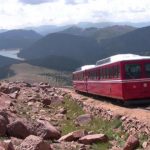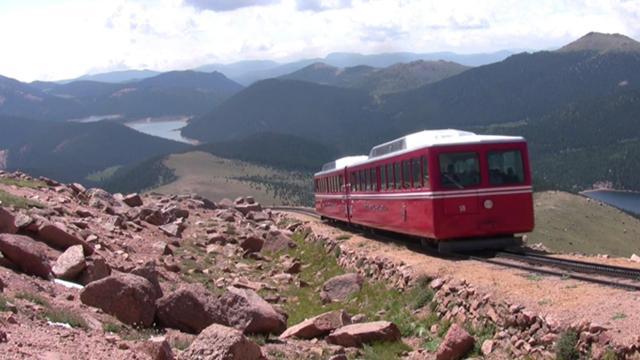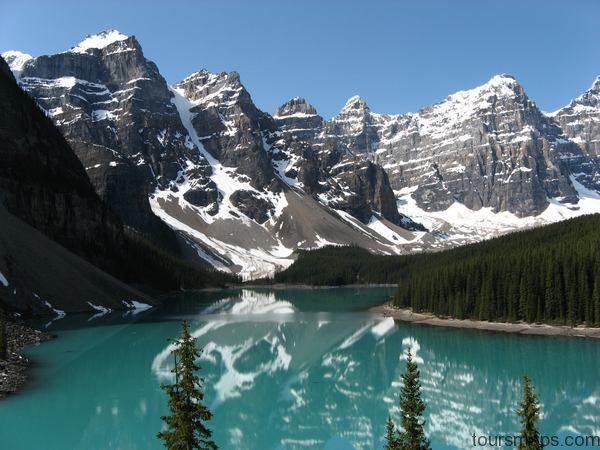Repression and Regeneration: Depression and World War II
The Great Depression during the 1930s proved extremely challenging for Colorado’s Latino community on a variety of levels. Most obvious was the economic impact of the Depression on Latino wage-laborers, who were often the first employees released as Colorado’s industrial enterprises reacted to the economic crises. Moreover, persistent drought, combined with long-term unsustainable land use, exacerbated the dust bowls that afflicted the sugar-beet, cantaloupe, and other agricultural industries in the state’s eastern plains. This drove thousands of Latino laborers to seek relief from the state’s already over-taxed public welfare system.
Nativism made Latinos the scapegoat for the social and economic disruptions that Coloradoans faced during this time. Such anger intensified when Colorado Governor Edwin C. Johnson declared martial law, ordering the state’s National Guard to the New Mexican border to prevent Latino migrant workers from entering Colorado. He also issued a call to deport undocumented workers. In other cases, local newspapers advocated for the internment of Latino aliens to concentration camps. In every instance, United States citizenship afforded Colorado’s Latinos little protection against public and private discrimination. Such actions reflected a series of national repatriation campaigns during the 1930s. In response, Latinos in both northern and southern Colorado formed mutual aid societies to combat the prejudice and exploitation that they faced.
World War II proved to be a transformative time as wartime activities in the early 1940s rejuvenated the economy. As a result, thousands of Latinos permanently found their way to Colorado to work in wartime factories, meat-packing plants, iron-foundries, construction projects, federal government jobs, agriculture, and railroads. Denver, in particular, saw its Latino community burgeon from approximately 15,000 persons in 1940 to nearly 45,000 by 1950. Indeed, by the end of the 1940s, Denver possessed one of the largest concentrations of Latinos in New Mexico and Colorado.
Denver’s Latinos encountered ambivalence in regard to their status as full and equal citizens. For example, throughout World War II Denver’s public bathhouses and swimming pools maintained an informal segregation policy that included separate days for Latinos. Similarly, Latinos encountered recalcitrant landlords who refused to lease or sell residential property to them. As a result, Latinos found themselves segregated (along with blacks and Japanese Americans) to some of the oldest and most poorly maintained neighborhoods in the west and east sides of the city. Yet Latinos also encountered a city that was ripe for change. In 1943, James Fresques became the first Latino to serve on Denver’s City Council. Three years later, Fresques’s council colleagues voted him as president of the council, where he served until 1958.
Latinos continued to migrate to Denver and Colorado to work in an emerging Cold War economy, in which nonagricultural wage and salary employment rose at twice the rate of the national average. Latinos, however, did not share in the Cold War economic largesse. Remarkably, seven out of every ten residents in Denver’s poorest neighborhoods were Latino.3 By the 1960s, Latinos represented the most impoverished, most segregated, and least employable group in Colorado’s largest city.
Travel to Colorado Photo Gallery
Maybe You Like Them Too
- Top 10 Islands You Can Buy
- Top 10 Underrated Asian Cities 2023
- Top 10 Reasons Upsizing Will Be a Huge Travel Trend
- Top 10 Scuba Diving Destinations
- The Best Cities To Visit in The World




